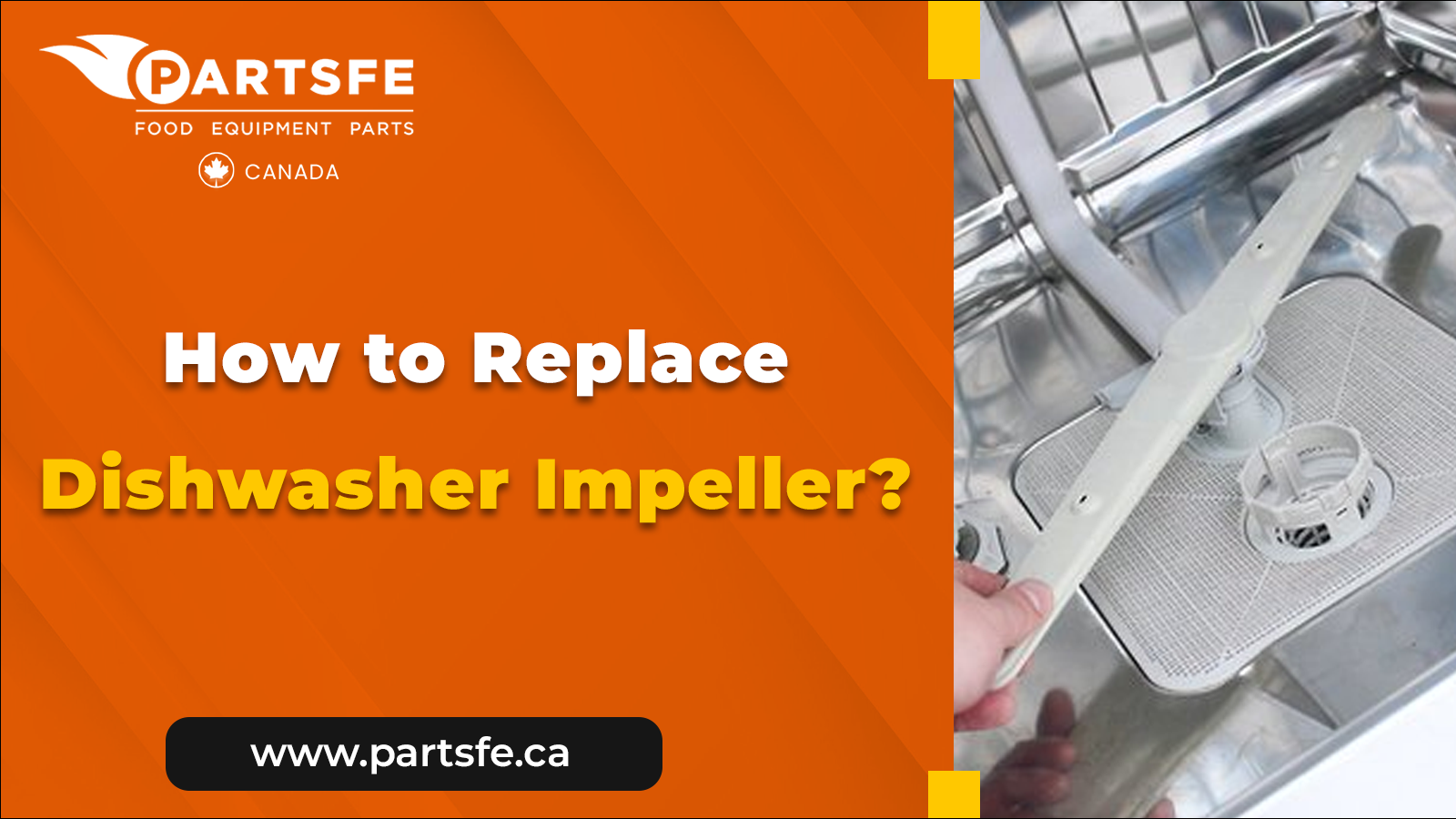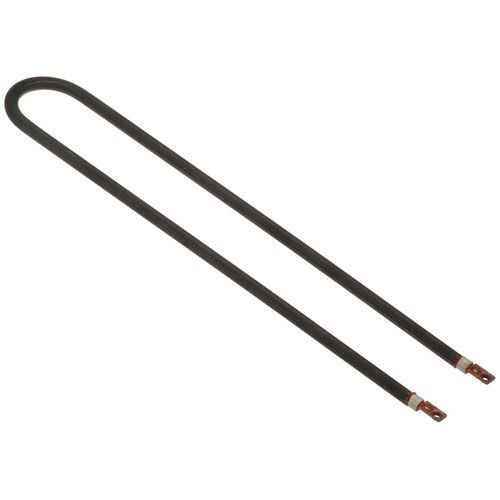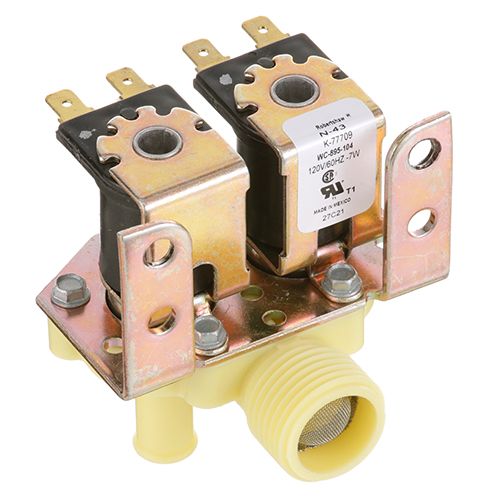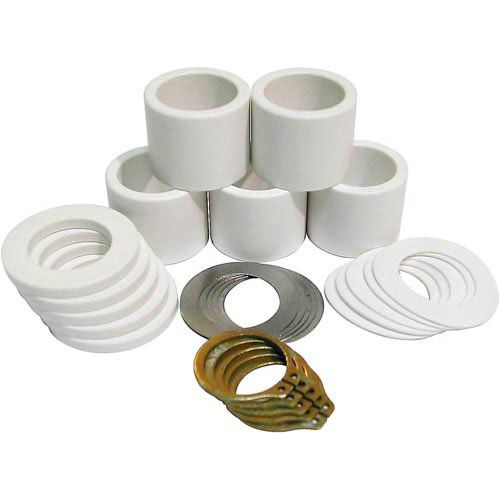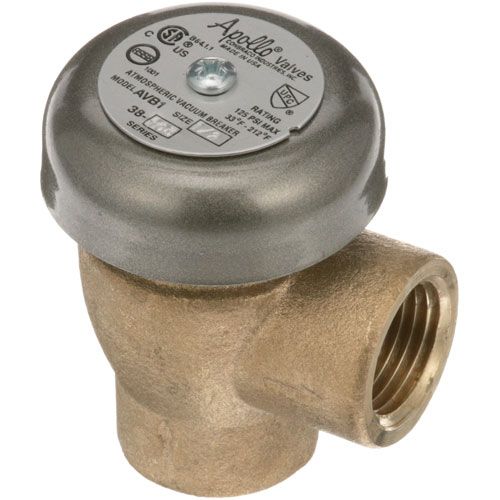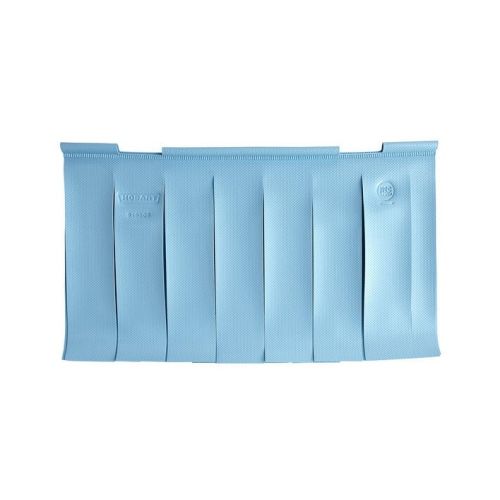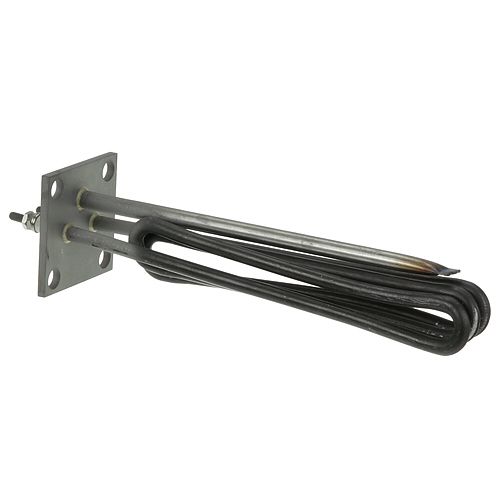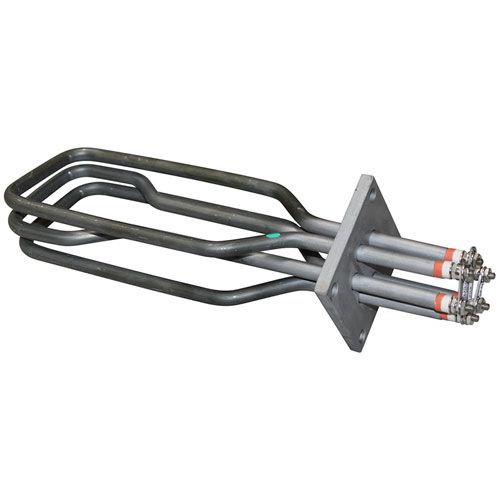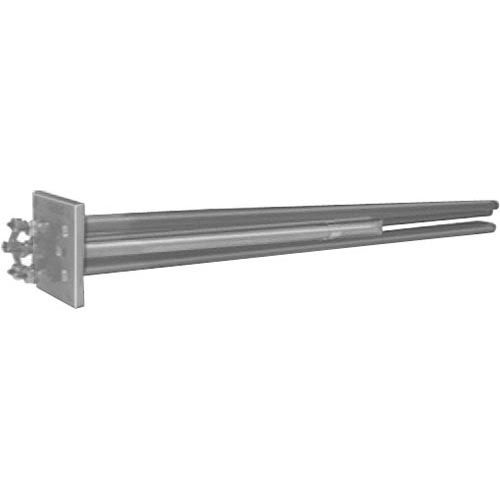How to Replace Dishwasher Impeller?
Dishwashers are essential appliances in both residential and commercial kitchens, as they significantly reduce the time and effort required to wash dishes. However, like any other mechanical device, dishwashers require regular maintenance and occasional repairs to continue operating efficiently. One crucial component that often requires attention is the dishwasher impeller. This blog will guide you through understanding the importance of a functional dishwasher impeller, signs of damage, the process of dishwasher impeller replacement, and tips for maintenance to ensure optimal performance.
Importance of a Functional Impeller in Commercial Dishwashers
The dishwasher impeller is a critical component in commercial dishwashers that wash many dishes in a single cycle. The impeller is used to move water around the dishwasher during the washing cycle. It operates through creating water pressure which pushes water through the spray arms that wash your dishes.
In commercial establishments, a dishwasher drain impeller plays a crucial role in washing dishes, glasses, and utensils. If the dishwasher impeller is not working at its optimum, then the dishwasher’s cleaning ability is greatly reduced, and the dishes come out improperly cleaned. An impeller that is not working properly will not pump water as it should, and food debris will remain on the dishes, or there will be areas where the water does not flow, resulting in poor washing by the dishwasher.
A functional dishwasher impeller is one that will make sure that water is properly circulated and gets to the dishes in the dishwasher properly. If you wish to keep your dishwasher in its best shape, then it is crucial to check on the health of the impeller.
Signs Your Commercial Dishwasher Impeller Needs Replacing
When a dishwasher impeller is faulty, it can cause a variety of issues. Recognizing the early signs of a damaged impeller can prevent further damage to your dishwasher and improve its cleaning efficiency. Here are common signs that suggest your dishwasher impeller may need replacement:
1. Dishwasher Not Cleaning Properly
One of the first signs of an issue with the dishwasher impeller is improper cleaning of dishes. If dishes come out dirty or wet, even after running a full cycle, the impeller may not be distributing water effectively. This could be caused by wear and tear, or debris obstructing the impeller’s movement.
2. Strange Noises
A dishwasher impeller noise is a clear indication that something is wrong. If you hear grinding or rattling sounds coming from the bottom of your dishwasher during a wash cycle, the impeller may be damaged, misaligned, or obstructed. A stuck or broken impeller can create excessive noise that disrupts the operation of the dishwasher.
3. Water Not Draining Properly
A damaged dishwasher drain impeller can cause water to pool in the bottom of the dishwasher after the wash cycle is completed. This may happen if the impeller fails to pump the water out or if it's clogged with food debris. If water drainage is inadequate, it’s time to inspect the impeller.
4. Dishwasher Stops Mid-Cycle
A dishwasher impeller stuck or malfunctioning can cause the dishwasher to stop working midway through the cycle. If the impeller is damaged, it might be unable to complete the wash cycle, leading to incomplete or inefficient cleaning.
5. Excessive Water Spraying or Leakage
If the dishwasher impeller is cracked or damaged, it may result in irregular water spraying. You might notice that water is spraying uncontrollably from the spray arms or that there’s leaking around the dishwasher door. This is a sign that the impeller needs replacement.
6. Dishwasher Impeller is Visibly Damaged
If you notice that the dishwasher impeller is physically cracked, broken, or warped, it’s time for dishwasher impeller replacement. A visual inspection of the impeller will help you assess the extent of the damage.
Tools You’ll Need to Replace Dishwasher Impeller
Before you proceed with dishwasher impeller removal and replacement, it's important to gather the necessary tools to complete the job effectively. Here’s a list of tools you may need:
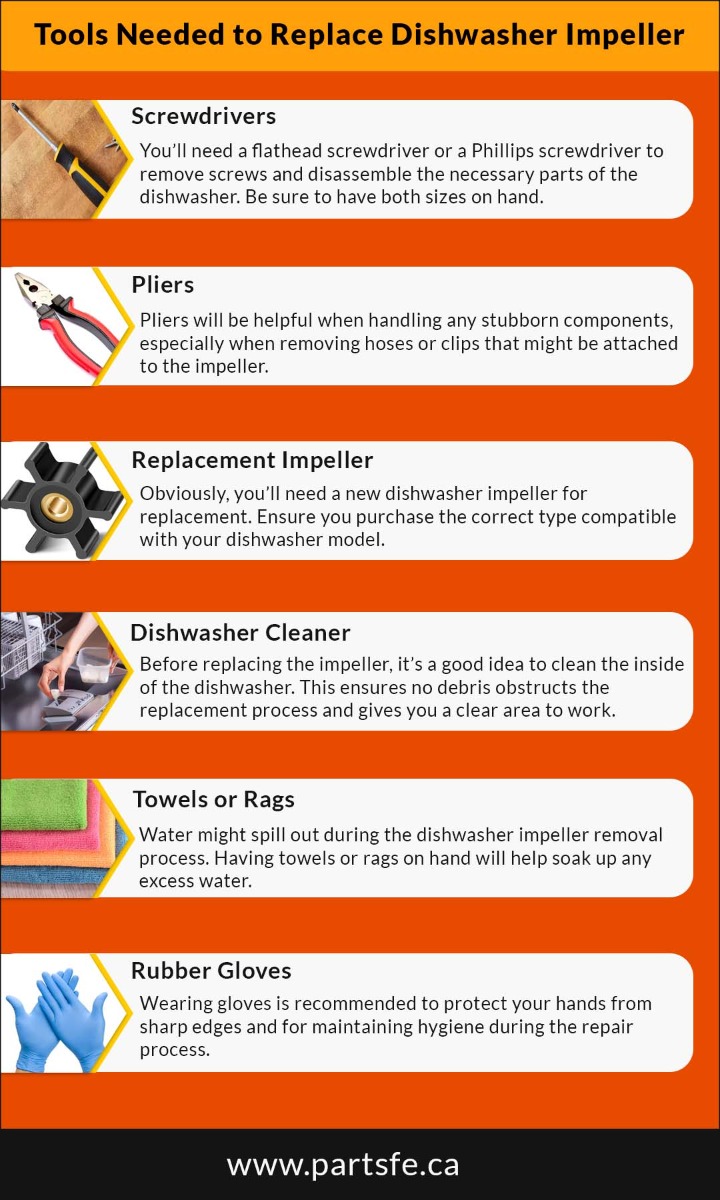
How to Replace Impeller on Dishwasher?
Replacing the dishwasher impeller might seem daunting, but with a few simple steps, you can get your dishwasher back to its optimal condition. Follow these instructions for a safe and efficient dishwasher impeller replacement.
1. Turn Off the Power and Water Supply
Before starting any repair work, make sure to turn off the power supply to the dishwasher. This is crucial to avoid any electrical shocks or damage to the appliance. Also, turn off the water supply to prevent leaks.
2. Remove the Lower Dish Rack and Spray Arms
Start by removing the lower dish rack and the spray arms. The impeller is usually located beneath the lower spray arm, so you’ll need to clear the area for easier access. The spray arm may be attached with screws or clips, depending on your dishwasher model.
3. Locate and Remove the Impeller
Once the spray arms are removed, locate the dishwasher impeller at the bottom of the tub. Use a screwdriver or pliers to remove any fasteners or clips holding the impeller in place. Carefully lift the old impeller out of the dishwasher.
4. Inspect the Impeller Area
Before installing the new impeller, inspect the area for any debris or buildup. Clean the area thoroughly to ensure there is no obstruction that could damage the new impeller. If the drain area is clogged, you may need to clear it to prevent future issues.
5. Install the New Dishwasher Impeller
Place the new dishwasher impeller into position. Ensure that it aligns correctly with the motor and that it moves freely. Secure the impeller in place using the fasteners or clips that were removed earlier.
6. Reassemble the Dishwasher
Once the new impeller is in place, reassemble the dishwasher by reversing the steps. Reattach the spray arms, reinstall the lower rack, and make sure everything is properly secured.
7. Test the Dishwasher
Finally, run a test cycle to check if the new impeller is working properly. Listen for any unusual sounds like a dishwasher impeller noise or grinding, and make sure the water is circulating evenly. If everything works smoothly, your dishwasher impeller replacement is complete!
Troubleshooting Common Issues with Dishwasher Impellers
Even after dishwasher impeller repair, you might encounter some issues. Here are some common problems and how to troubleshoot them:
1. Dishwasher Impeller Not Spinning
If the impeller isn’t spinning, check for blockages or debris inside the impeller compartment. If the impeller is free of obstructions but still not spinning, there could be an issue with the motor.
2. Dishwasher Impeller Stuck
Sometimes, the dishwasher impeller stuck problem can be caused by debris or food particles jamming the impeller. Remove the impeller and clean the area thoroughly to ensure nothing is blocking its movement.
3. Water Not Draining Properly
If the water isn't draining properly, it could be due to a clogged dishwasher drain impeller. Check for any debris that may be obstructing the drain path.
Maintenance Tips for Dishwasher Impellers
To extend the life of your dishwasher impeller and avoid frequent dishwasher impeller replacement, follow these maintenance tips:
-
Regular Cleaning: Clean the impeller and spray arms frequently to prevent debris buildup.
-
Check for Leaks: Inspect the impeller and surrounding areas for any signs of leaks or cracks.
-
Run Regular Maintenance Cycles: Run a dishwasher cleaning cycle regularly to keep the interior parts clean and free of buildup.
-
Proper Loading: Avoid overloading the dishwasher, as this can strain the impeller and other parts.
-
Inspect Periodically: Check the impeller and other dishwasher components periodically to ensure they are in good working condition.
Final Checks and Reassembling the Dishwasher
Replacing a dishwasher impeller is a straightforward task that can improve your dishwasher's cleaning efficiency. By following the steps above, you can ensure your dishwasher works optimally, saving you time, energy, and money on professional repairs. After completing the dishwasher impeller replacement, always run a test cycle to make sure everything is functioning properly. If you encounter any issues, refer to the troubleshooting section or consult a professional for help.
PartsFe Canada is your go-to destination for high-quality commercial dishwasher parts. We offer a wide range of products including dishwasher impellers, spray arms, drain pumps, and heating elements. Shop with confidence and get your dishwasher running like new! Fast shipping and reliable service guaranteed.
FAQs
How do I know if my dishwasher impeller is bad?
Signs of a bad impeller include improper cleaning, strange noises, poor drainage, and visible damage.
How hard is it to replace an impeller?
Replacing the impeller is not very difficult, but it does require some mechanical knowledge and basic tools.
Where would you find a bad impeller in a dishwasher?
A bad impeller is typically found at the bottom of the dishwasher, beneath the spray arms.
How do you remove the impeller on a dishwasher?
To remove the impeller, clear the lower rack and spray arms, and then detach the impeller by unscrewing or unclipping it from its mounting.

